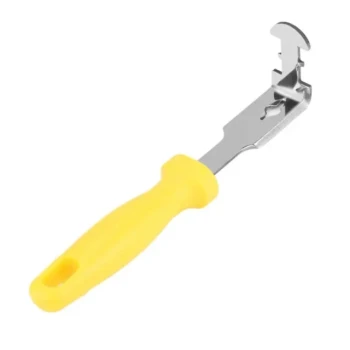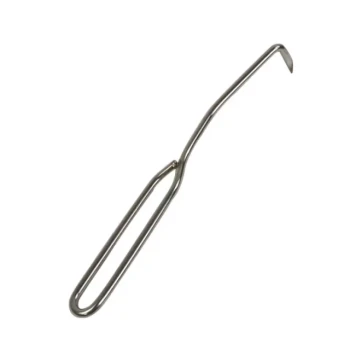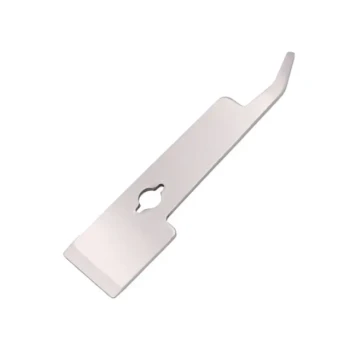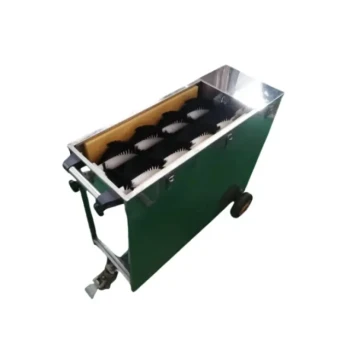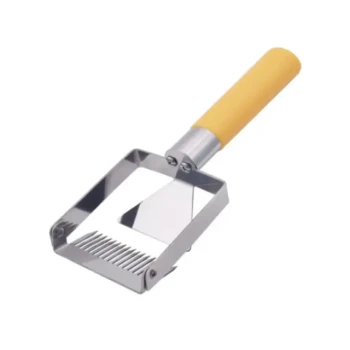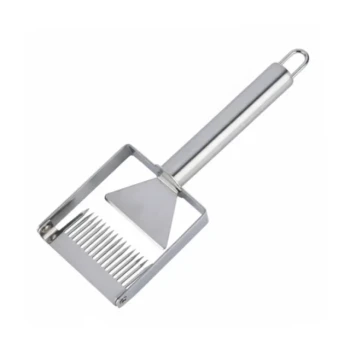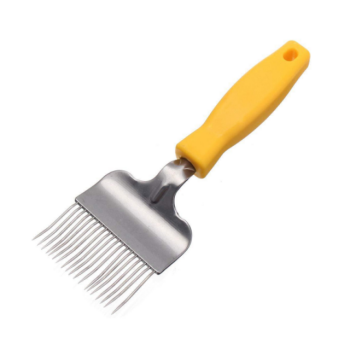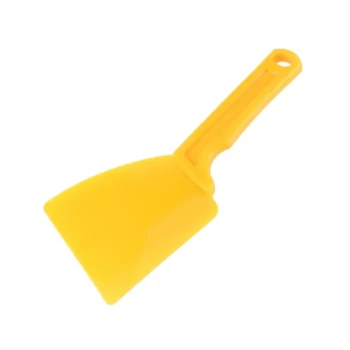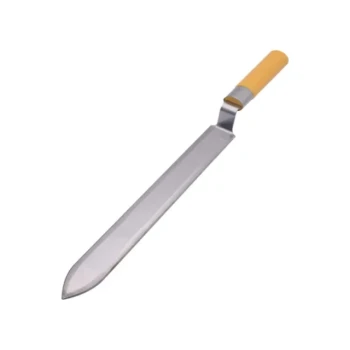The short answer is to wash your beekeeping suit gently. Use a mild, unscented detergent in cold water, and always hang it to air dry in the shade. Critically, you must avoid heat from a machine dryer and harsh chemicals like bleach or fabric softener, as these will damage the suit and can agitate your bees.
Cleaning your beekeeping suit is not just about hygiene; it is a critical maintenance task that directly impacts your safety and the temperament of your hive. The goal is to preserve the suit's protective integrity while ensuring no residual chemicals provoke the bees.

Why Proper Cleaning is a Matter of Safety
A beekeeping suit is your primary piece of personal protective equipment. Treating it improperly compromises its ability to do its job, putting both you and your colony at risk.
Protecting the Fabric's Integrity
High heat from a machine dryer or direct sunlight can cause the fibers in your suit, whether cotton or a synthetic blend, to become brittle and weak over time. This accelerates wear and tear, leading to rips that compromise your protection.
Avoiding Chemical Agitants
Bees are highly sensitive to smells. The residue left by harsh chemicals like bleach or scented fabric softeners can be perceived as a threat, making the colony more defensive and aggressive during your inspections.
Maintaining Protective Barriers
A regular cleaning routine provides the perfect opportunity to inspect your suit. A clean suit makes it much easier to spot small holes, failing zippers, or thinning seams that could become entry points for a determined bee.
The Correct Cleaning Protocol
Follow these steps to ensure your suit lasts for seasons and remains a neutral, protective garment in the apiary.
Step 1: Pre-Wash Inspection and Stain Treatment
Before washing, thoroughly check the suit for any holes or tears and repair them. Address any heavy stains, like propolis, by spot-treating them according to the suit manufacturer's recommendations.
Step 2: Remove Detachable Parts
Always remove the veil before washing the rest of the suit. The delicate mesh of the veil can be easily snagged or damaged in a washing machine. Leather gloves should also never be machine washed.
Step 3: Washing with Care
Use a mild, unscented laundry detergent. Wash the suit on a gentle cycle with cold water. This is sufficient to clean it without placing unnecessary stress on the fabric and seams.
Step 4: The Critical Drying Process
Never put your beekeeping suit in a machine dryer. The high heat is its primary enemy.
Instead, hang the suit to dry in a shady, well-ventilated area. Avoid direct sunlight, as prolonged UV exposure can also degrade the fabric over time.
Common Pitfalls to Avoid
Understanding the shortcuts people take and why they backfire is key to developing a sound maintenance habit.
The Lure of Convenience
The most common mistake is using a machine dryer for speed. This single act significantly shortens the lifespan of your suit by "cooking" the fibers, making them prone to tearing.
The Misconception of "Extra Clean"
Using bleach to remove stubborn stains is counterproductive. It weakens the fabric and, more importantly, leaves a distinct chemical odor that is highly agitating to bees, making your work much more difficult.
Improper Storage Undoes Your Work
After carefully cleaning and drying your suit, don't store it in a damp basement or garage. Moisture encourages mildew, which will stain the fabric and cause it to decay. Store it in a cool, dry place, ideally inside a protective bag.
A Checklist for Long-Term Suit Care
Use these key principles to guide your maintenance routine based on what matters most to you.
- If your primary focus is hive temperament: Always wash with unscented, mild detergent to avoid introducing foreign smells that agitate the colony.
- If your primary focus is suit longevity: Never use a machine dryer and always hang your suit to dry in the shade to prevent fabric degradation.
- If your primary focus is personal protection: Inspect your suit for holes, weak seams, or faulty zippers before every single use.
Proper suit maintenance is a fundamental skill for any responsible and effective beekeeper.
Summary Table:
| Dos | Don'ts |
|---|---|
| Use mild, unscented detergent | Use bleach or fabric softener |
| Wash in cold water on a gentle cycle | Wash in hot water or on a heavy cycle |
| Hang to air dry in the shade | Put in a machine dryer |
| Inspect for damage before/after washing | Ignore small holes or failing zippers |
| Store in a cool, dry place | Store in a damp or humid area |
Keep Your Apiary Safe and Productive with HONESTBEE
Proper suit maintenance is just one part of successful beekeeping. Ensure your entire operation is equipped for success with durable, high-quality supplies from HONESTBEE. We supply commercial apiaries and beekeeping equipment distributors with the reliable gear they need to thrive.
Let us help you protect your investment. Contact our wholesale experts today to discuss your needs and discover how our products can support your beekeeping business.
Visual Guide
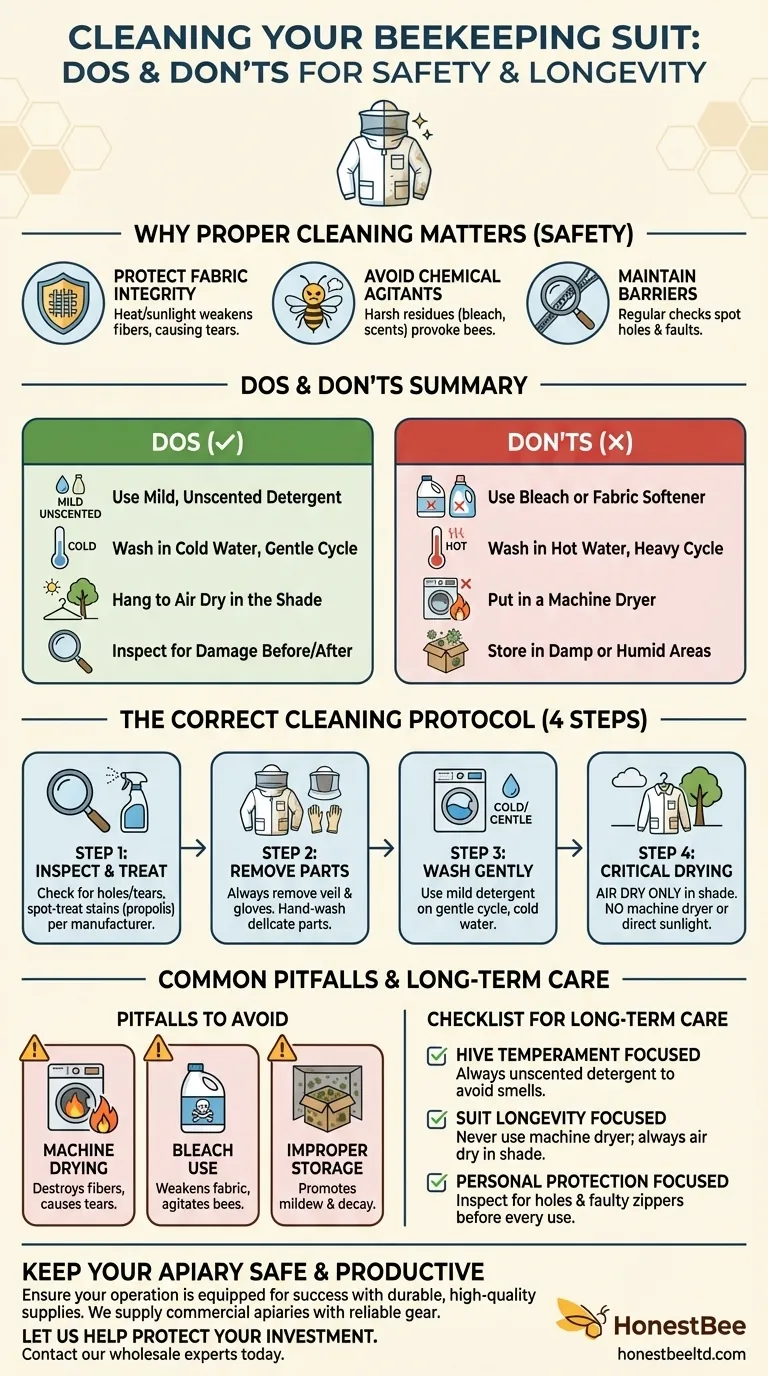
Related Products
- White Cotton Beekeeping Jacket and Veil for Bee Keepers
- Professional Multi-Function Stainless Steel Hive Tool
- Professional Large-Format Hive Number Set for Beekeeping
- Professional Engraved Round Hive Number Tags for Beekeeping
- Modern Flat-Mount Hive Number Set for Beekeeping
People Also Ask
- What is a bee enclosure called? A Guide to Choosing the Perfect Apiary Site
- Why is protective gear important for beekeepers? Essential Safety for Confident Beekeeping
- What are some safety precautions to consider when beekeeping? Master a Holistic Approach for Apiary Safety
- How do bees produce honey? The Ingenious Process of Natural Food Preservation





